The work reflects the Buddhist scenario and philosophic guidelines that over a period of many centuries have marked the customs and practices of the Asian world along with its arts and sciences. The diversity of Buddhist Asian cultures expressed in various styles and languages is a rich palette with congruent and non-congruent layers, collectively presenting a picture of unchallenged beauty, similar to a peacok's feather which very charm is the variety in an ensemble of unity. In the course of time the holistic Buddhist framework of living based on the philosophical views and practical approaches of various gateways or vehicles (Yanas) developed models or ideals for enlightened mind and action. These syncretistic strategies have infiltrated Asian thought and culture in various ways. Buddhist Asian societies in the past and present reflect the plurality of a value system, which can help to pre-empt the negative, emotional, social and economic conditions of life. The book presents a selection of papers held at the occasion of the First International Conference of Buddhist Studies organized by the Department of Indo-Tibetan Studies, Visva-Bharati, Santiniketan (September 2007) on the topic, focusing on the cultural changes of strategies based on source materials and case studies, art and archaeology, women studies and solution models in Asian societies in the mirror of Buddhist ideals.
Sahaja: The Role of Doha & Caryagiti in the Cultural Indo-Tibetan Interface
Sahaja is the natural state ...
$49.50
$55.00

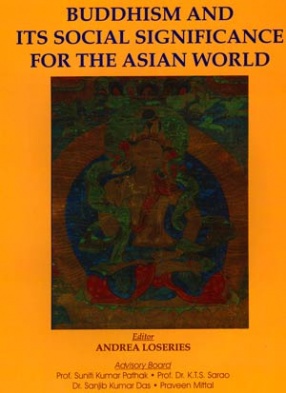
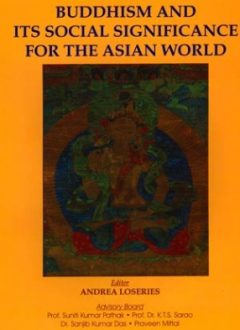
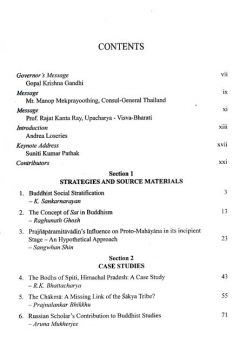
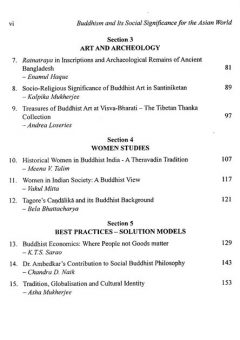
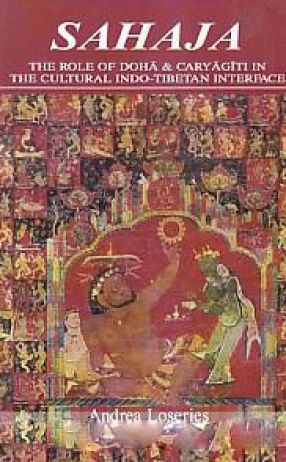
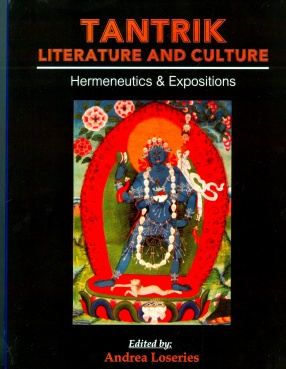
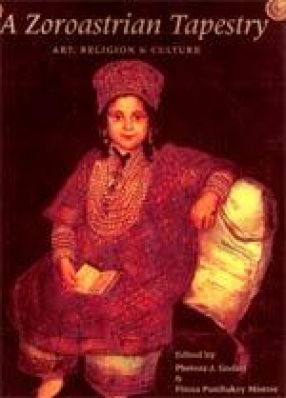

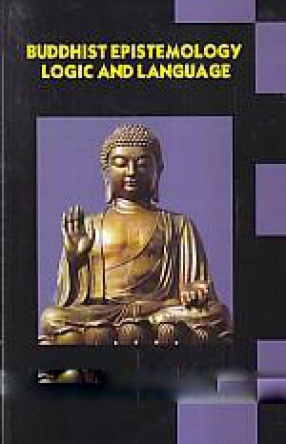
There are no reviews yet.